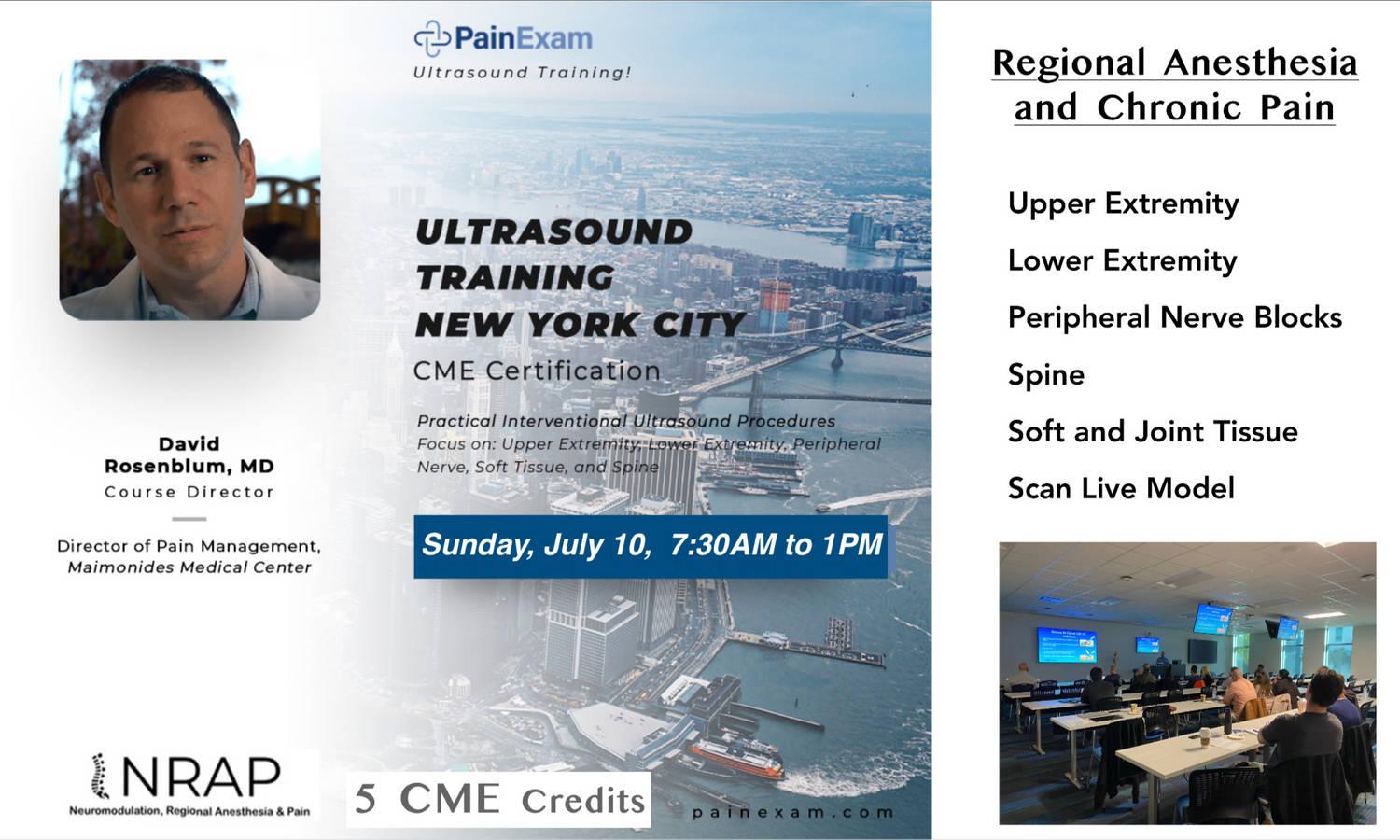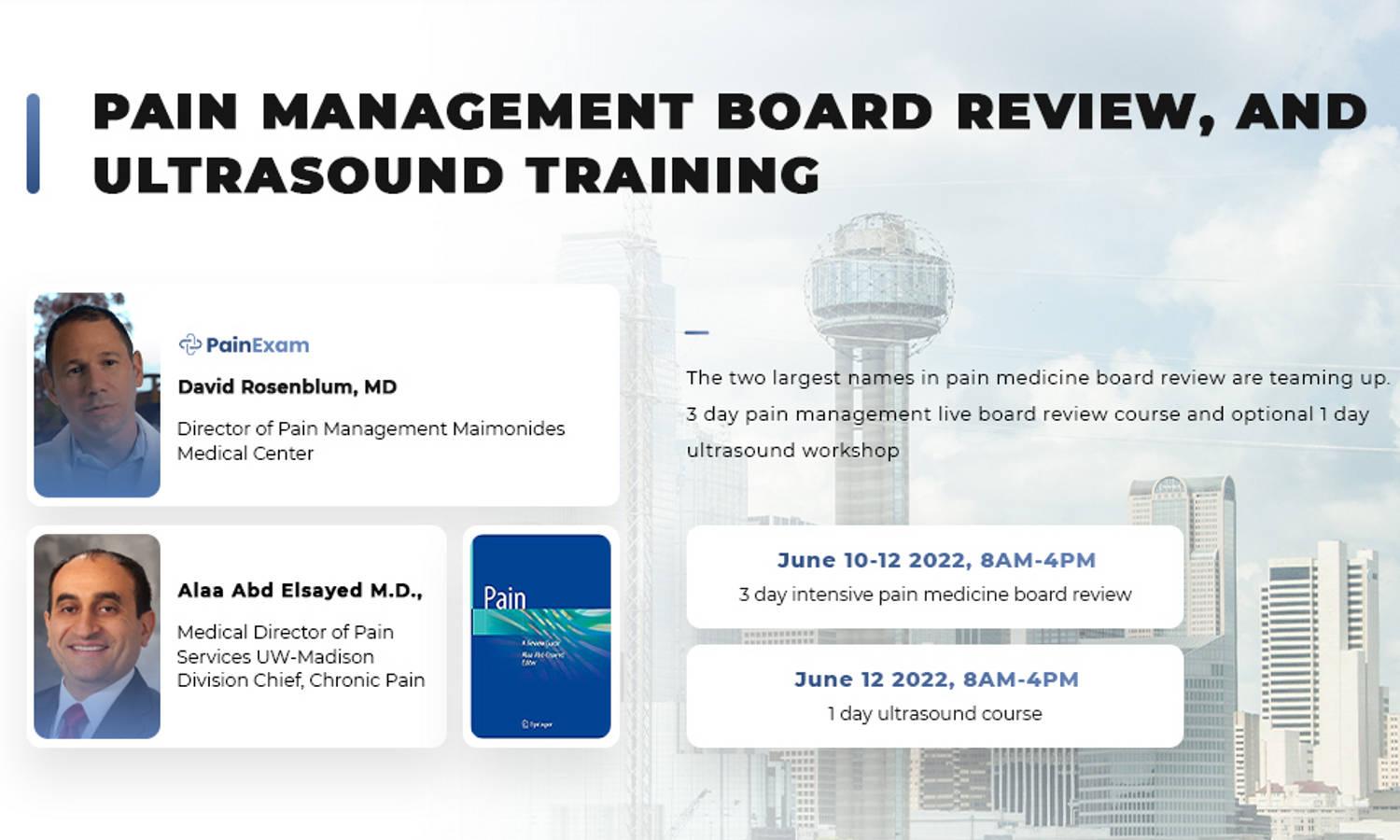
Analgesics for Pain Management
 hosted byHomestead Schools, Inc.
hosted byHomestead Schools, Inc.Analgesics for Pain Management is organized by Homestead Schools, Inc.
Learning Objectives
After completing the course, you'll be able to:
• Define pain and provide an understanding of pain management.
• State and dispel three misconceptions about pain.
• List four factors that lower the patient's pain threshold and two that raise it.
• Compare and contrast the nonopioid and opioid analgesics with respect to the following:
a. Site of action
b. Mechanism of action
c. Efficacy
d. Addiction and tolerance
e. Toxicity
• List 3 categories of nonopioid analgesics and various drugs within each category.
• State and describe three major effects and four other effects of aspirin.
• Name the therapeutic uses of aspirin.
• Distinguish between psychologic dependence, physical dependence, tolerance and pseudoaddiction.
• Illustrate the stepwise approach for the management of pain as recommended by the World Health Organization.
• Outline the principles of proper analgesic use.
• Discuss 5 adverse reactions of opioids.
Course Outline:
• Pain Control
• Analgesic Agents
• Nonopioid Analgesics
• Aspirin and Related Salicylates
• Aspirin in dentistry
• Adverse effects
• Acetaminophen
• Analgesics Alternatives to Aspirin and Acetaminophen
• Adverse effects
• Opioid Analgesics
• Morphine
• Tolerance and dependence
• Codeine
• Principles of Opioid Analgesic Use
• Adverse Reactions of Opioids
• Combinations of Peripherally Acting Analgesics and Opioids








